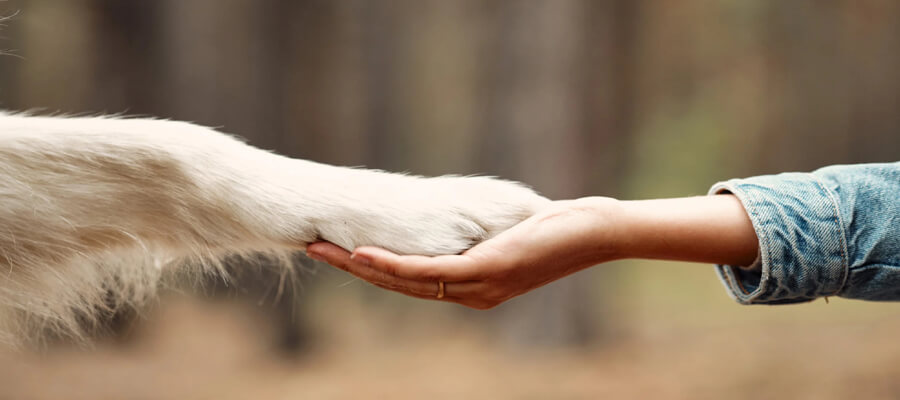
How to Successfully Transition a Rescue Dog into a New Environment
Successfully Transition a Rescue Dog into a New Environment
Introduction
Adopting a rescue dog can be one of the most rewarding experiences, but it also comes with its challenges. Many rescue dogs have faced trauma, neglect, or uncertainty in their previous lives, which can make their transition to a new home overwhelming. With patience, understanding, and the right approach, you can help your new furry friend adjust comfortably to their new environment. Here’s how to successfully transition a rescue dog into your home.
1. Create a Safe Space
Designate a Comfort Zone
Before bringing your rescue dog home, set up a safe and comfortable space where they can relax and feel secure. This area should include:
-
A Cozy Bed: Provide a soft bed or blanket that smells like home to give them a familiar place to rest.
- Water and Food Bowls: Ensure they have access to fresh water and their food in this space.
- Toys: Include a few chew toys or comfort items to keep them occupied.
Limit Access to the Entire Home
Essentials for Your Newly Adopted Pet
Welcoming a shelter pet into your life is a beautiful journey. Here are some handpicked items to help your new friend feel safe, loved, and right at home:
When you first bring your rescue dog home, limit their access to the entire house. Start with one room, allowing them to explore at their own pace. Gradually introduce them to other areas as they become more comfortable.
2. Establish a Routine
Consistent Schedule
Dogs thrive on routine, and establishing a daily schedule can help your rescue dog feel more secure. Incorporate the following into your routine:
- Feeding Times: Feed your dog at the same times each day to create predictability.
- Walks and Exercise: Schedule regular walks and playtime to help them expend energy and feel more settled.
- Quiet Time: Include periods of downtime for relaxation to help them adjust to their new environment.
3. Use Positive Reinforcement
Reward Good Behavior
Positive reinforcement is crucial when transitioning a rescue dog. Use treats, praise, and affection to reward your dog for good behavior. This can include:
- Calm Behavior: Reward them for staying calm in their new environment.
- Exploring: Encourage exploration of their new surroundings by rewarding them when they approach new objects or areas.
Avoid Punishment
Avoid any form of punishment, as it can increase anxiety and fear in your dog. Focus on redirecting unwanted behaviors instead of reprimanding them.
4. Give Them Time to Adjust
Be Patient
Remember that every dog adjusts at their own pace. Some may take days or weeks to feel comfortable, while others may need longer. Be patient and allow your rescue dog to acclimate to their new surroundings without pressure.
Watch for Signs of Stress
Pay attention to your dog’s body language for signs of stress or anxiety, such as:
- Cowering or Hiding: If your dog retreats to their safe space, give them time to come out on their own.
- Excessive Barking or Whining: This can indicate discomfort. Provide reassurance without overwhelming them.
5. Socialize Gradually
Controlled Introductions
Once your rescue dog feels comfortable in their new home, gradually introduce them to other family members, pets, and new environments. Here are some tips:
- Family Members: Allow your dog to approach family members at their own pace. Avoid forcing interactions.
- Other Pets: Introduce existing pets in a neutral space to minimize territorial behavior. Supervise all interactions until you’re confident they can coexist peacefully.
New Experiences
Take your rescue dog on short outings to new environments (like parks or pet-friendly stores) to help them adapt to different sights and sounds. Keep these experiences positive and low-stress.
6. Provide Consistent Training
Basic Commands
Begin teaching your rescue dog basic commands (like sit, stay, and come) to build their confidence and strengthen your bond. Use positive reinforcement techniques to encourage learning.
Obedience Classes
Consider enrolling in an obedience class designed for rescue dogs. This provides a structured environment for socialization and training, allowing your dog to learn alongside other dogs and owners.
7. Schedule a Vet Visit
Health Check-Up
Schedule a visit to the veterinarian soon after adopting your rescue dog. A thorough check-up will help identify any health issues that need addressing. This visit is also an opportunity to:
- Discuss Vaccinations: Ensure your dog is up to date on vaccinations.
- Discuss Nutrition: Get advice on the best diet for your dog’s age, breed, and health needs.
8. Be Mindful of Triggers
Identify Fear Triggers
Rescue dogs may have specific triggers that remind them of past trauma, such as loud noises or specific handling. Observe your dog’s reactions and work to minimize exposure to these triggers during the initial adjustment period.
Provide Comfort
If your dog shows signs of distress, provide comfort through gentle petting, a calming voice, or a favorite toy. Allow them to retreat to their safe space if needed.
Conclusion
Transitioning a rescue dog into a new environment requires patience, understanding, and love. By creating a safe space, establishing a routine, and using positive reinforcement, you can help your new furry friend adjust to their forever home. Remember to be patient, give them time, and provide the support they need to feel secure. With time and care, your rescue dog will thrive, bringing joy and companionship into your life.
Affiliate Products
We may earn a small commission when you shop through our links — it helps us keep sharing love and care for every dog out there, at no extra cost to you.
Up to 75% Discount

Dog Collar with Health Monitoring
BUY NOW »
Up to 55% Discount

Luxury Faux Furhuge Napping Bed
BUY NOW »

